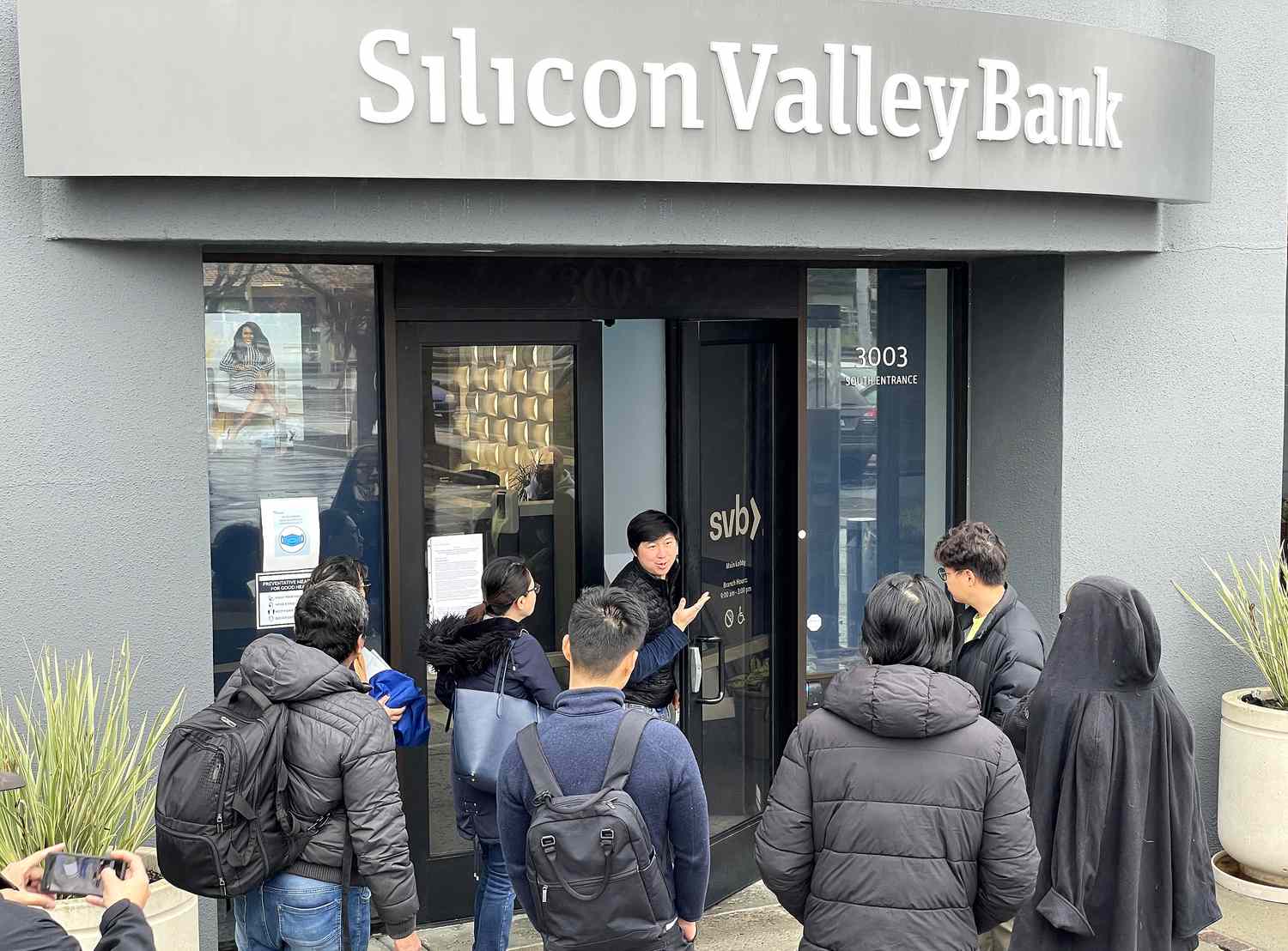NEWS
Failed SVB depositors to have full access to their funds, U.S. government declares

Banking regulators have put a plan in place to ensure that depositors with money at Silicon Valley Bank (SVB) have access to their funds, after the bank’s collapse caused fears of a systemic panic in the tech sector.
In addition, depositors with money at Signature Bank in New York, which was also shut down over contagion fears, will have full access to their deposits. Signature had been a popular funding source for cryptocurrency companies.
The Treasury Department has designated both SVB and Signature as systemic risks, giving it the authority to unwind both institutions in a way that “fully protects all depositors.” Starting Monday, those with money at either bank will have full access to their deposits. The FDIC’s deposit insurance fund will be used to cover depositors, many of whom were uninsured due to the $250,000 cap on guaranteed deposits.
The Federal Reserve also said it is creating a new Bank Term Funding Program aimed at safeguarding institutions affected by the market instability of the SVB failure. The facility will offer loans of up to one year to banks, saving associations, credit unions and other institutions. Those taking advantage of the facility will be asked to pledge high-quality collateral such as Treasuries, agency debt and mortgage-backed securities.
“This action will bolster the capacity of the banking system to safeguard deposits and ensure the ongoing provision of money and credit to the economy,” the Fed said in a statement. “The Federal Reserve is prepared to address any liquidity pressures that may arise.”
The Treasury Department is providing up to $25 billion from its Exchange Stabilization Fund as a backstop for any potential losses from the funding program. A senior Fed official said the Treasury program likely won’t be needed and will exist only as a safeguard.
Banking regulators have emphasized that there will be no bailouts and no taxpayer costs associated with any of the new plans. Shareholders and some unsecured creditors will not be protected and will lose all of their investments.
“Today we are taking decisive actions to protect the U.S. economy by strengthening public confidence in our banking system,” said a joint statement from Federal Reserve Chair Jerome Powell, Treasury Secretary Janet Yellen and FDIC Chair Martin Gruenberg.
The Fed facility offers more favorable terms than the discount window, with a longer duration of loans of one year vs. 90 days. Securities will be valued at par value rather than the market value assessed at the discount window. The haircut, or reduction in principal, issue is critical as there are estimated to be some $600 billion in unrealized losses that institutions possess in held-to-maturity Treasurys and mortgage-backed securities.
Paul Ashworth, chief North America economist at Capital Economics, noted in a client note that the rescue plans should be enough to prevent contagion from spreading and taking down more banks, which can happen quickly in the digital age. However, he also stressed that there is no guarantee that this will work, as contagion has always been more about irrational fear.
Markets reacted positively to the news, with futures tied to the Dow Jones Industrial Average leaping more than 300 points in early trading. Cryptocurrency prices also rallied strongly, with bitcoin up more than 7%.
The SVB collapse was the largest failure of a financial institution in the US since the collapse of Washington Mutual in 2008. Authorities had spent the weekend trying to find a larger institution to buy SVB, but were unsuccessful. PNC was interested in buying SVB but eventually backed out, according to sources.







